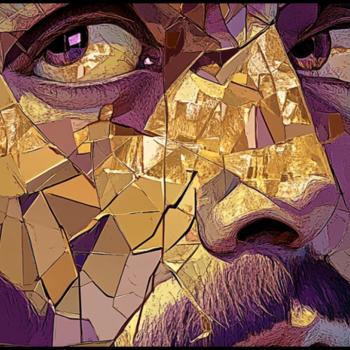According to a recent Gallup poll, nearly 1 in 5 Americans would not vote for a Mormon presidential candidate based solely on his or her religion. Among groups identified by their religious affiliation (or lack thereof), only Muslims and atheists were rejected by a higher percentage of those polled.
The media have declared the nation to be in the midst of a "Mormon moment," and with good reason. Members of the Church of Jesus Christ of Latter-day Saints are leaders at both ends of the political spectrum in the 2012 campaign season, with Democrat Harry Reid serving as the Senate Majority Leader and Republican Mitt Romney running for President as the official nominee of the Republican Party. Mormons also have prominent places everywhere in American culture from the New York Times bestseller list (David Ebershoff's The 19th Wife) to reality TV (Sister Wives) to Broadway (The Book of Mormon).
While Mormons may be having a moment in American culture, it does not mean that they have achieved wholesale acceptance. The popular depictions listed here—and many more—often focus on aspects of Mormon history, belief, and culture that non-Mormon Americans regard as simply weird. And Mitt Romney's presidential campaigns in 2008 and 2012 have both been fraught with "the Mormon question," which even forced Romney, in his 2007 speech "Faith in America," to ask the public to demonstrate the nation's much-touted value for religious tolerance by not judging his candidacy by his religion. As Romney rightly noted, the American suspicion toward Mormons stretches back into the 19th century.
In "Peculiar People": Anti-Mormonism and the Making of Religion in Nineteenth Century America, J. Spencer Fluhman examines the birth, development, and, in a sense, the denouement of this American prejudice from the birth of Mormonism in the 1820s to the political legitimization of the Mormon community with Utah's admission to the nation as a state in 1896. But more than simply tracking anti-Mormon sentiment, Fluhman convincingly argues that this national intolerance was about far more than the Latter-day Saints' peculiar beliefs and practices. In the early 1800s, the overwhelmingly Protestant American population found itself suddenly faced with the responsibility for choosing political leaders and the path(s) to eternal salvation without interference or guidance. In the face of the radical new freedoms presented by democracy and religious disestablishment, anti-Mormonism was the expression of American "anxieties about the relationship between faith, civic power, and social order" (47). When Americans had to decide for themselves what it meant to separate government and religion—and even what qualified as religion—Mormonism, like many other minority religions, served as a convenient straw man: "through public condemnation of what Mormonism was, Protestants defined just what American religion could be" (9).
Fluhman argues that previous attempts to classify anti-Mormonism as either religious or social/political in nature miss the point, because religion and the social and political spheres were not clearly separable in American minds in the 19th century. Relying on an expansive body of sources including letters, political speeches, newspapers, and magazines as well as anti-Mormon fiction and non-fiction books, his tightly written volume charts three distinct phases in anti-Mormonism. During the Church's early development in the 1820s and 1830s under founding Prophet Joseph Smith, Americans responded to the Saints much as they did other groups deemed too enthusiastic in their practice: they denied that Mormonism was an authentic religion. Like other movements born of the evangelical revivals that swept the nation in the early 19th century, the Mormons engaged in behaviors that challenged the increasingly rationalist mindset of post-Enlightenment America. Physical demonstrations of the Spirit like glossolalia (speaking in tongues), bodily manifestations (the quaking and shaking that gave names to other religious minorities of the period), and faith healings drew accusations that the Saints were engaged in superstitious magic, not real religion.
Opposition to the Mormons shifted dramatically as Joseph Smith introduced his greatest religious innovations in the late 1830s and early 1840s. When Smith called his followers to gather together and build an earthly Kingdom of God, many Americans feared that the Mormons were building a theocracy with treasonous ambitions. After removals from Ohio and Missouri, Smith settled with thousands of followers in Nauvoo, Illinois. He was elected mayor, named Lieutenant General of the city's militia, and eventually declared a candidate for president of the United States. The Mormon refusal to clearly separate religion and politics struck many as "clannish at best and tyrannical or un-American at worst" (79). Critics believed that the only way to eliminate the political and military threat posed by the Saints was to drive them out or destroy them. In 1844 mobs in Illinois murdered Smith and, in the months that followed, forced his followers to abandon their city and move west.




